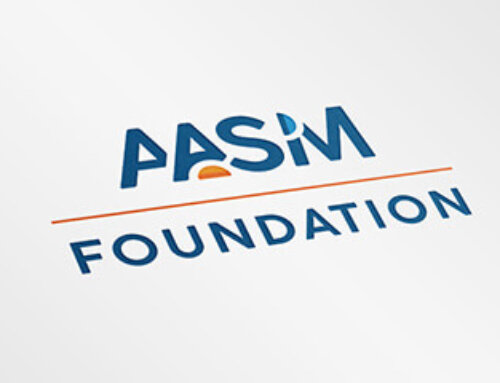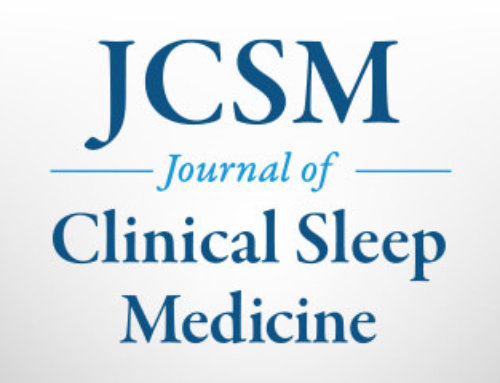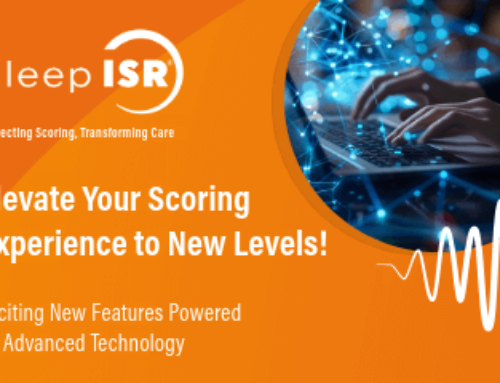EMBARGOED FOR RELEASE: June 9, 2009, at 12:01 a.m.
CONTACT:
Kelly Wagner
(708) 492-0930, ext. 9331
WESTCHESTER, Ill. –Patients suffering from obstructive sleep apnea (OSA) have an increased prevalence of parasomnia symptoms compared with the prevalence rates of individual parasomnias, according to a research abstract that will be presented on Tuesday, June 9, at SLEEP 2009, the 23rd Annual Meeting of the Associated Professional Sleep Societies.
Results indicate that the frequency of parasomnia symptoms in individuals with OSA was 9.5 percent, compared to the 2.9 to 4 percent prevalence of parasomnias in adults older than 15 years of age without OSA. Twenty percent of the study’s participants reported an improvement of their parasomnia symptoms with use of continuous positive airway pressure (CPAP) therapy.
According to lead author Maria Viola-Saltzman, DO, at the University of Washington in Seattle, OSA is known to cause sleep fragmentation, which predisposes patients to the expression of parasomnia symptoms.
“We found it interesting that the parasomnia symptoms reported in this patient population were amongst all age groups, as parasomnias are most common in children and young adults,” said Viola-Saltzman.
The study was based on retrospective chart reviews of 537 new patient referrals for evaluation of OSA at Loyola University Medical Center in Chicago. Patients were at least 18 years of age, had a polysomnogram diagnostic of OSA and documentation of the presence or absence of parasomnia symptoms.
Fifty-one patients (59 percent women, 84 percent of non-Hispanic origin and average age of 47 years) had one or more types of parasomnia complaints. Twenty-one people (38 percent) reported sleep paralysis, 16 (29 percent) reported sleep-related hallucinations, 11 (20 percent) reported acting-out dreams (suggesting REM sleep behavior disorder), five (9 percent) reported sleepwalking, one person reported sleep-related eating and one person felt a ‘pulling down sensation’ on her spine at sleep onset.
Information concerning OSA is provided by the American Academy of Sleep Medicine at: https://www.aasm.org/resources/FactSheets/SleepApnea.pdf.
The annual SLEEP meeting brings together an international body of 6,000 leading researchers and clinicians in the field of sleep medicine to present and discuss new findings and medical developments related to sleep and sleep disorders.
More than 1,300 research abstracts will be presented at the SLEEP meeting, a joint venture of the AASM and the Sleep Research Society. The three-and-a-half-day scientific meeting will bring to light new findings that enhance the understanding of the processes of sleep and aid the diagnosis and treatment of sleep disorders such as insomnia, narcolepsy and sleep apnea.
Abstract Title: The frequency of parasomnia symptoms in patients with obstructive sleep apnea
Presentation Date: Tuesday, June 9
Category: Sleep Disorders – Breathing
Abstract ID: 0600
Abstract ID: 0600
###




